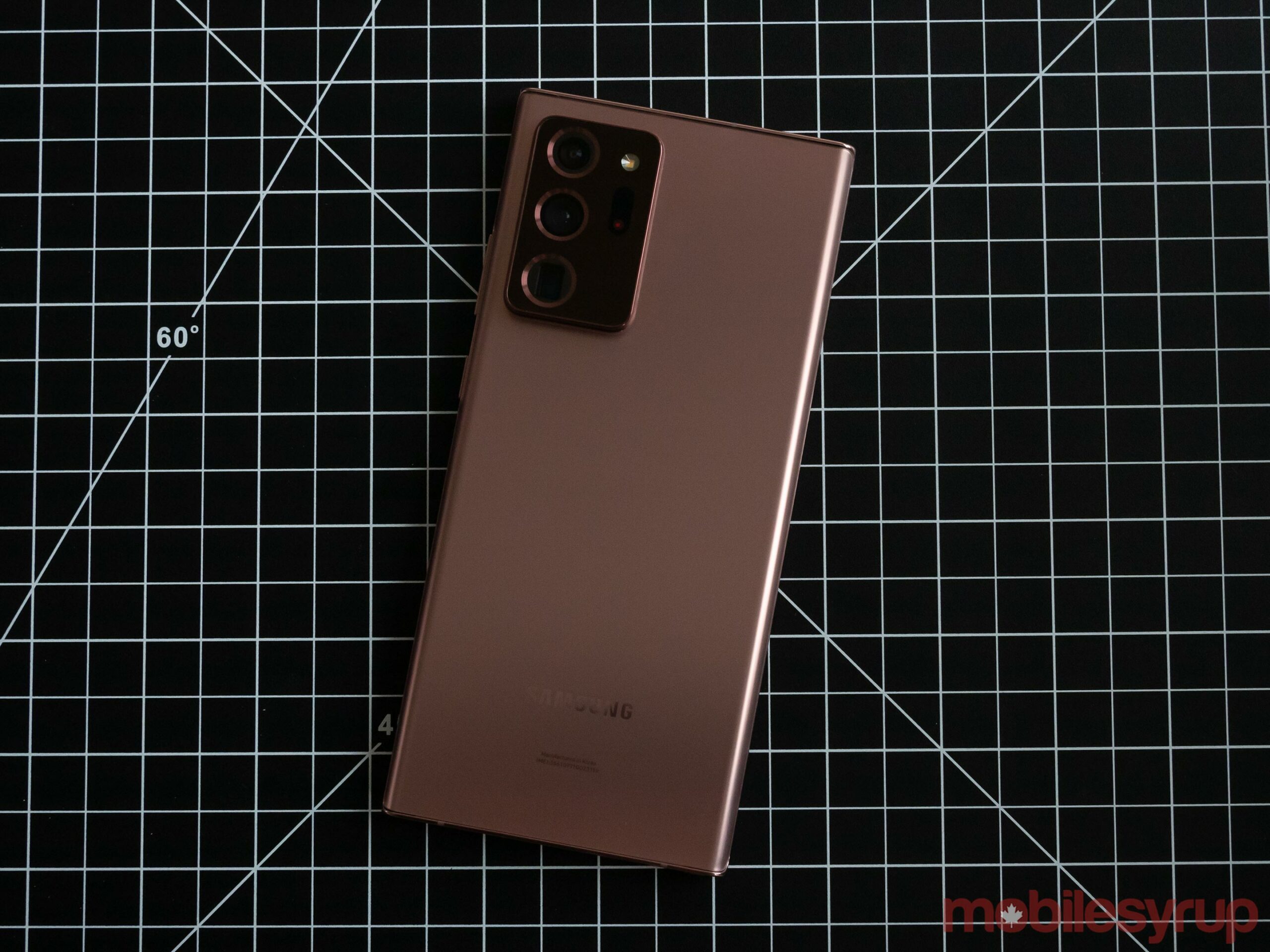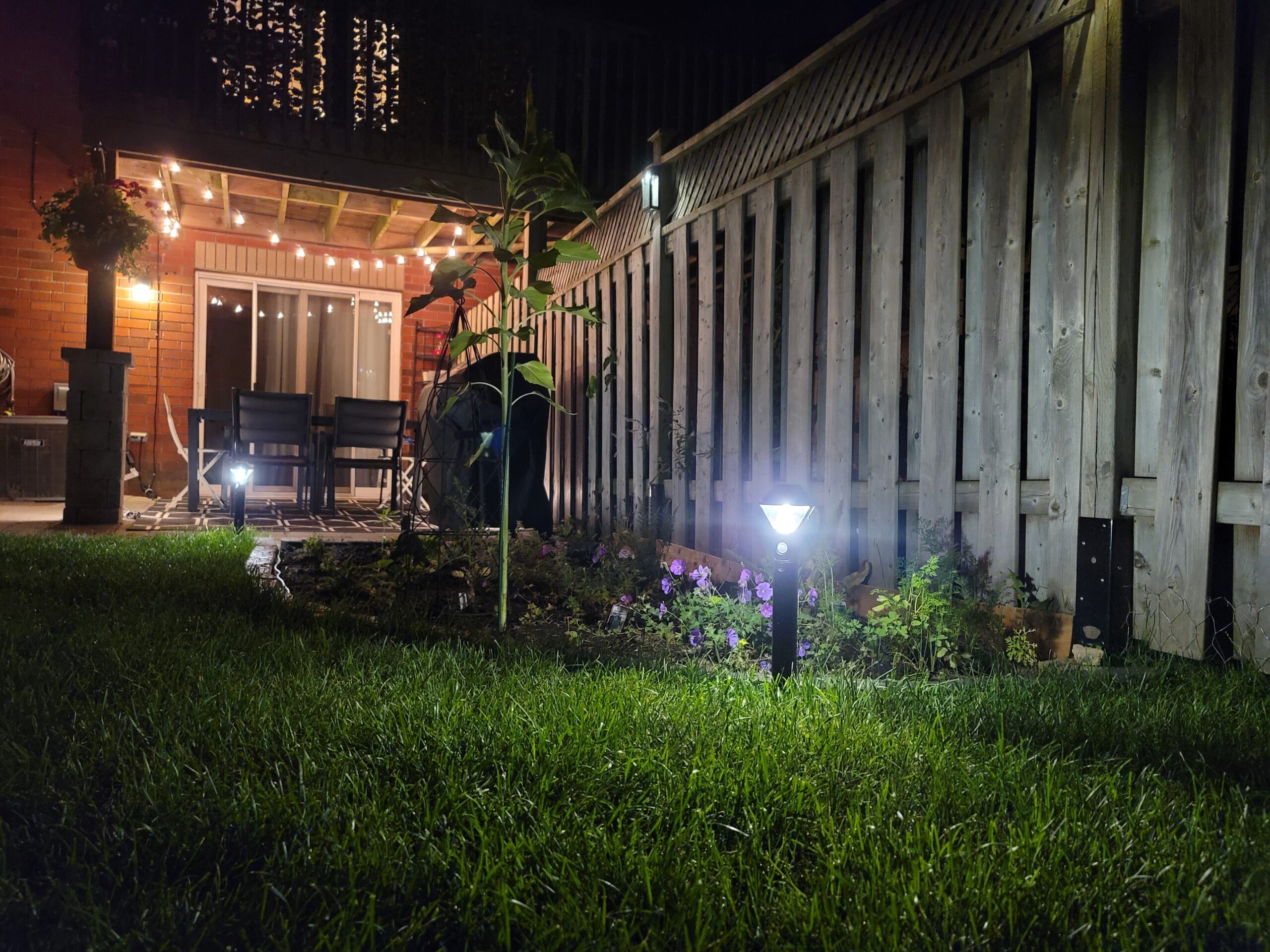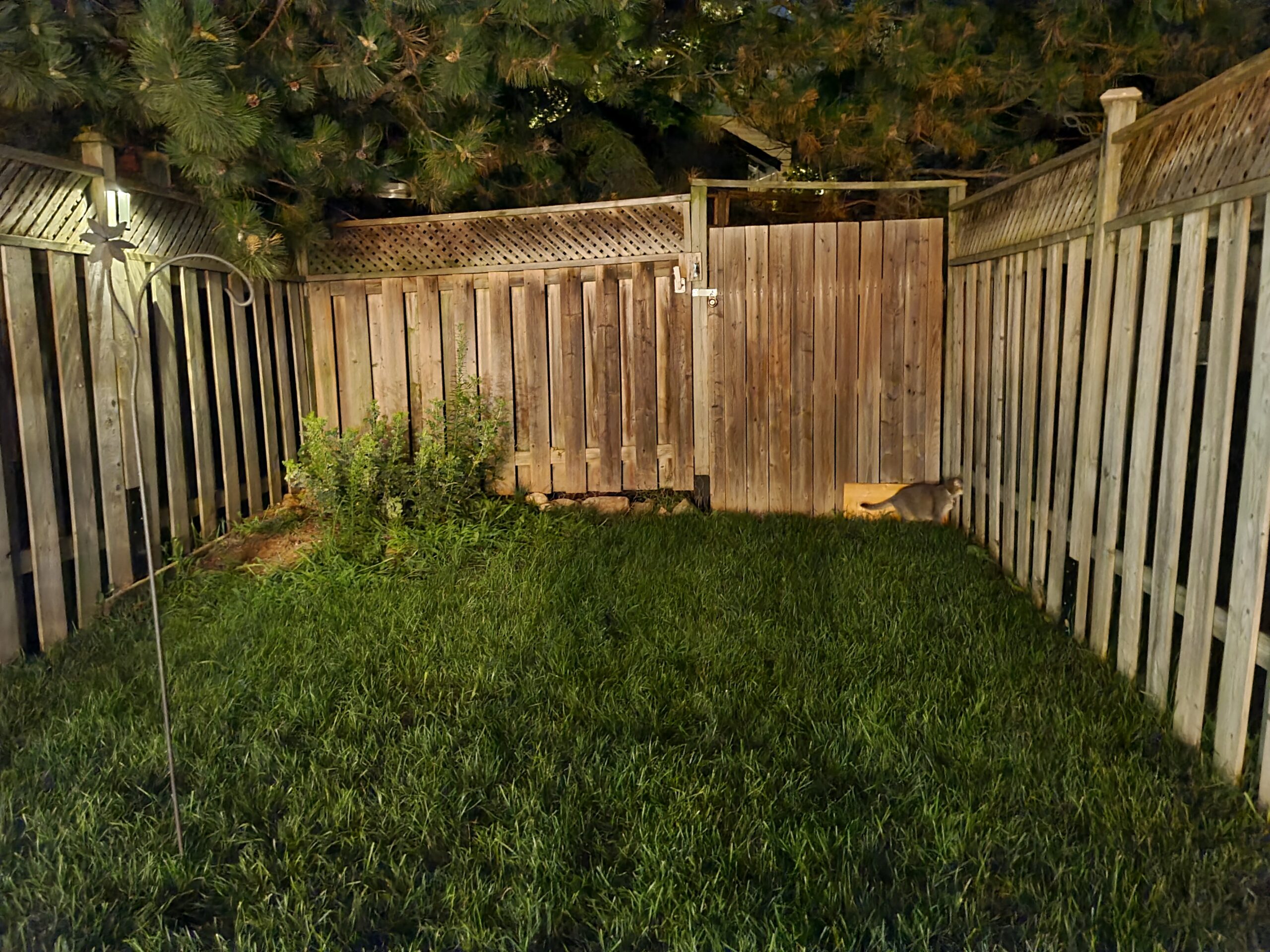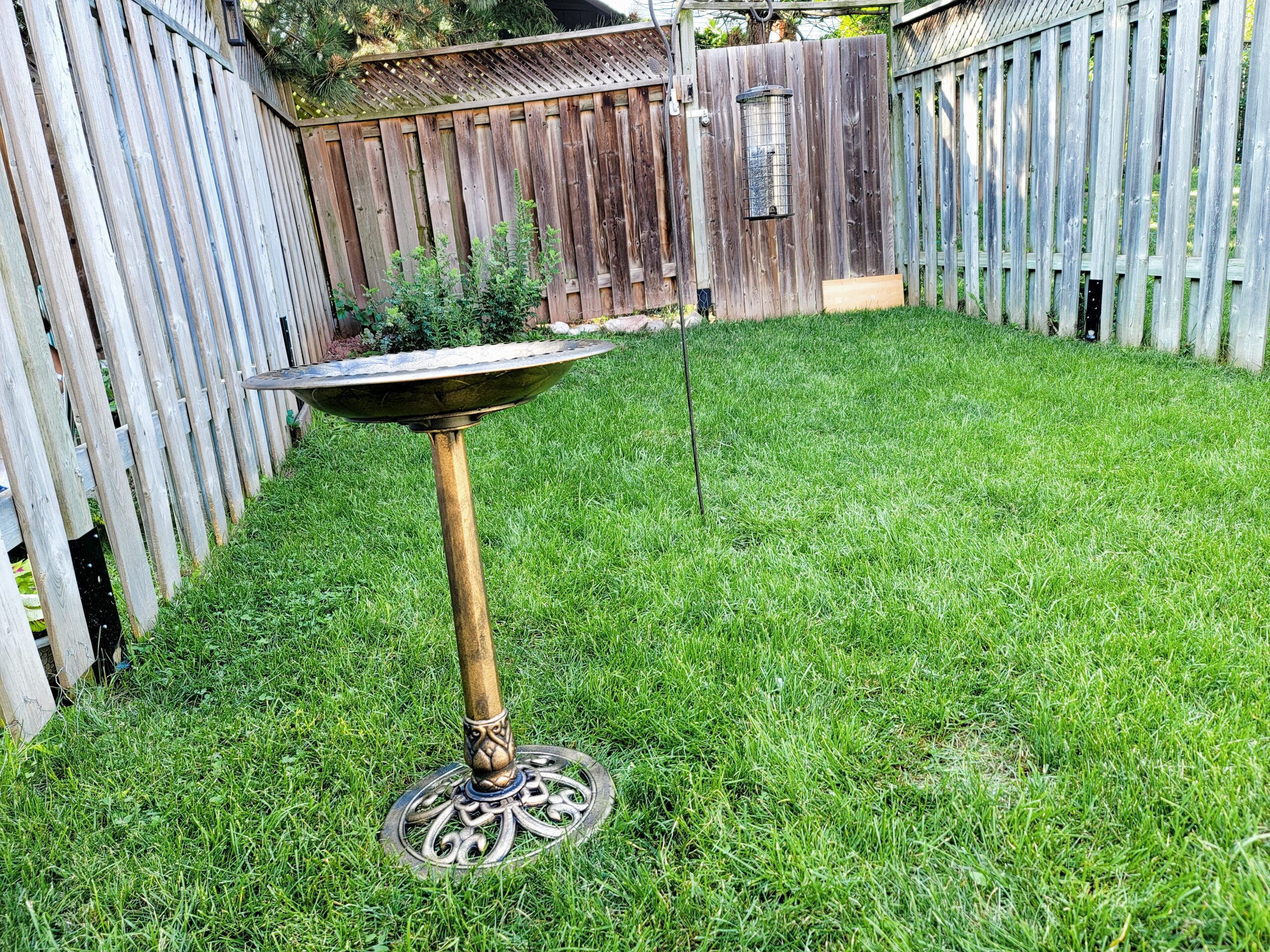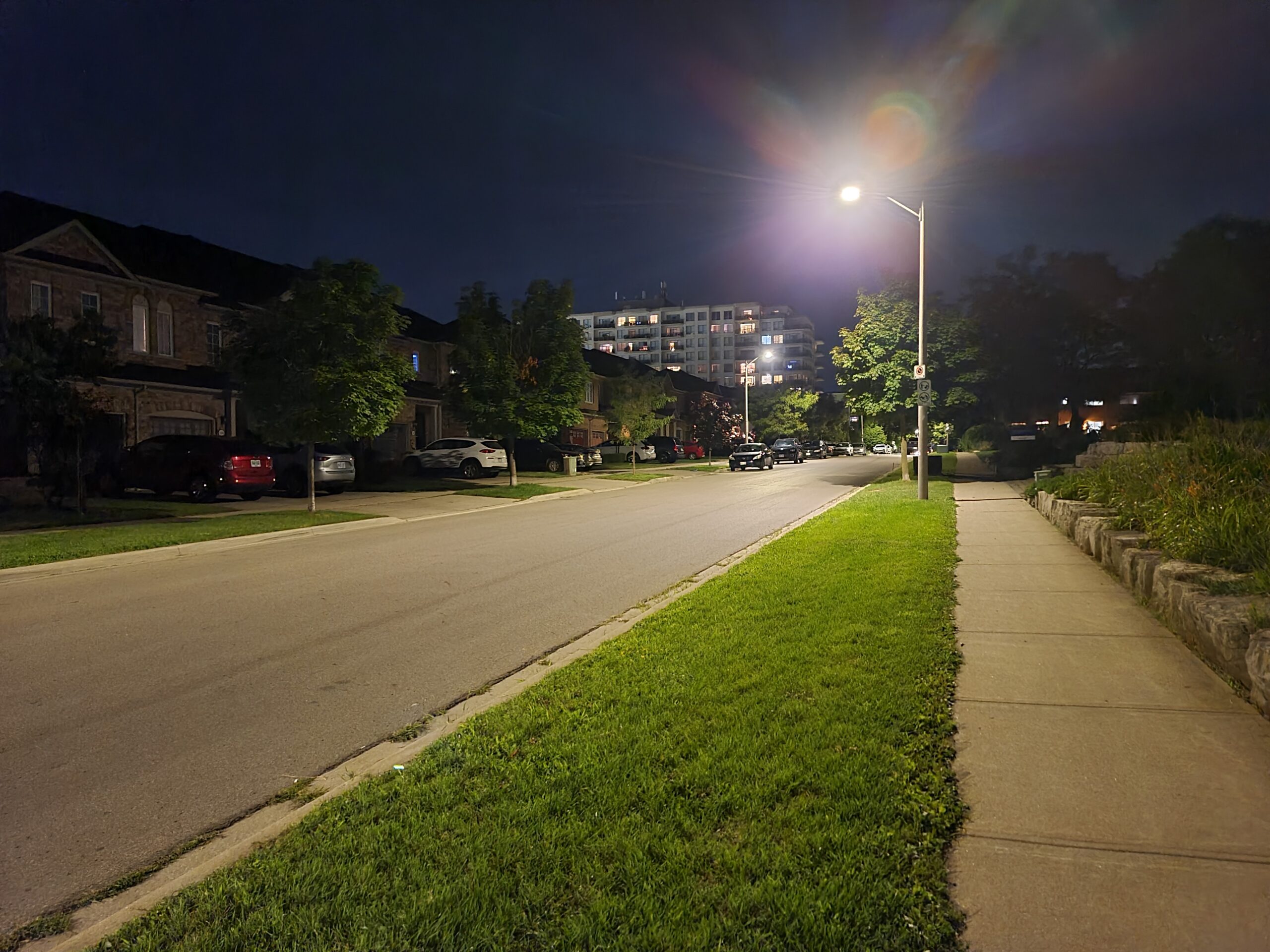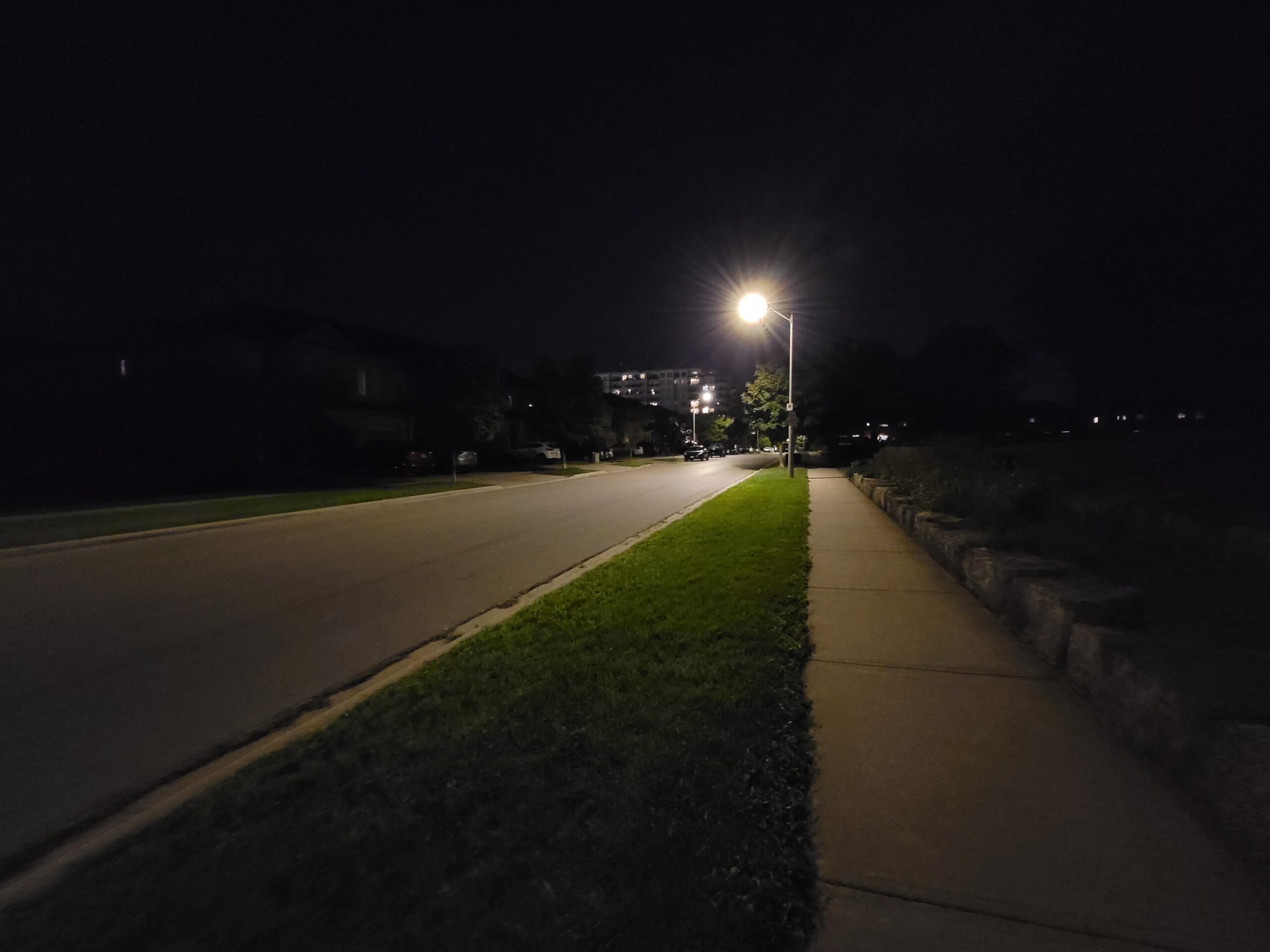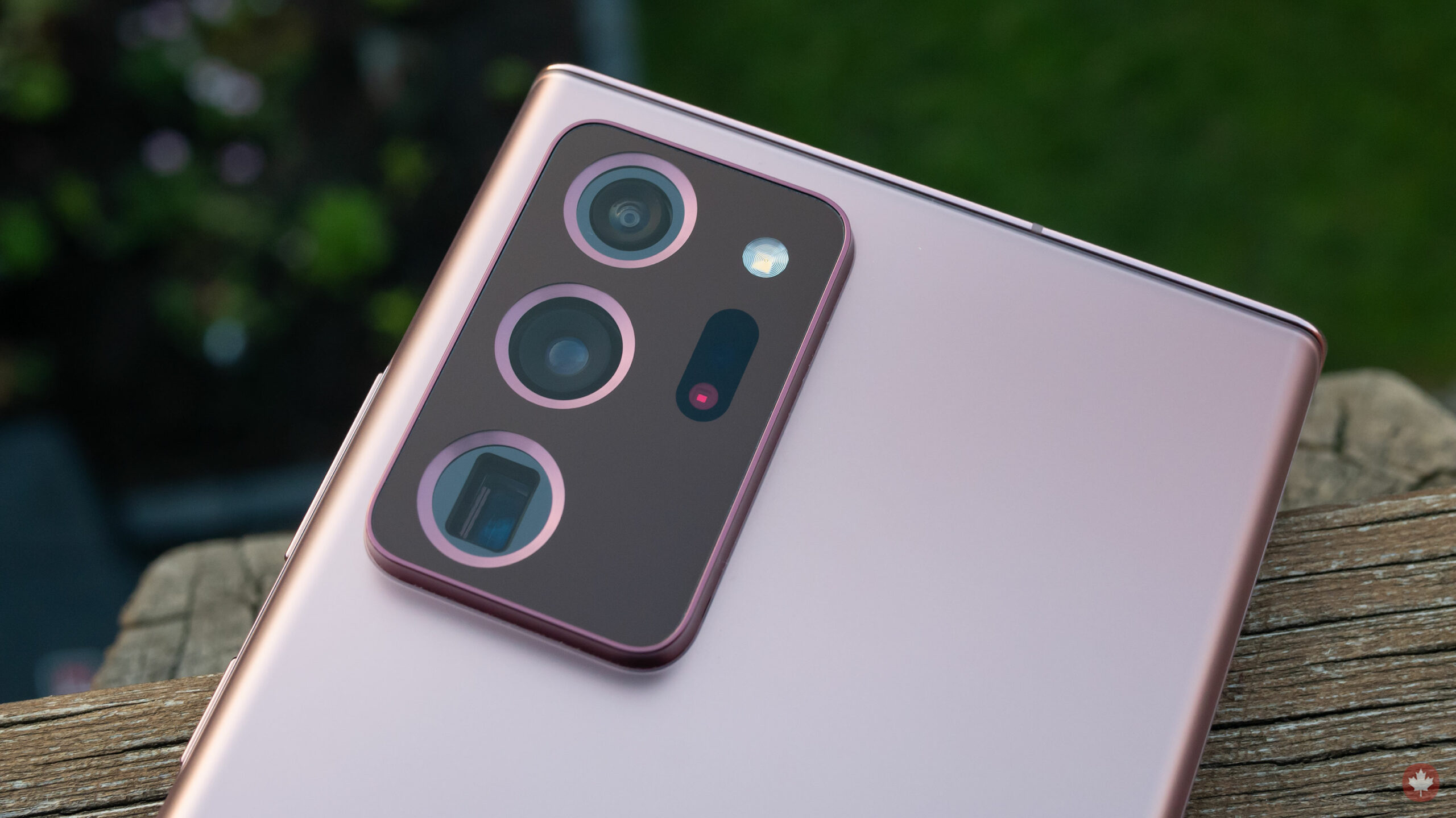
The Pros
- 120hz variable refresh rate display is stunning
- Overall design looks great
- Upgrades to S Pen latency are impressive
The Cons
- Camera bump is still massive
- Expensive
- More flex to back than S10+
Given how long the stylus-equipped smartphone has been around, most people likely know what to expect from a new Note device, and this year is no exception.
Samsung’s Galaxy Note 20 Ultra combines the best parts of last year’s Note 10+ with the more recently released S20 Ultra, resulting in an impressive but pricey high-end smartphone package.
The Note 20 Ultra snaps excellent photos and doesn’t suffer from the focusing issues the S20 Ultra experienced. The phone looks stunning, especially the new ‘Mystic Bronze’ colour that reminds me of Apple’s ‘Rose Gold.’ The massive camera bump’s design has thankfully been refined, and, arguably most importantly in the context of the Note line, the S Pen’s responsiveness has been improved considerably.

Still, the Note 20 Ultra isn’t without any issues. While the camera bump’s design is a marked improvement over the S20 Ultra’s in terms of its look, it’s still massive, and the smartphone’s glass rear has a flex to it that wasn’t present in the S20 Ultra or S10+. Further, just like nearly all high-end smartphones, the Galaxy Note 20 Ultra is an incremental step forward and might not be a worthwhile upgrade if you’re already using a Note 9 or Note 10+.
With that said, the Galaxy Note 20 remains one of the most comprehensive, impressive smartphone packages Samsung has released since the ill-fated Note 7.
Samsung Galaxy Note 20 Ultra
Samsung Galaxy Note 10+
Display
6.9-inch Curved Dynamic AMOLED, 3,088 x 1,440 pixels, 21:9 aspect ratio
6.8-inch Curved Dynamic AMOLED, 3,040 x 1,440 pixels, 19:9 aspect ratio
Processor
Snapdragon 865+
Snapdragon 855
RAM
12GB of RAM
12GB of RAM
Storage
128GB, 512GB (expandable)
256GB, 512GB (expandable up 1TB)
Dimensions (in.)
164.8 x 77.2 x 8.1mm
162.3 x 77.2 x 7.9mm
Weight
213g
196g
Rear Facing Camera
108-megapixel + 48-megapixel + 12-megapixel
19-megapixel (f/2.2) + 12-megapixel (variable f/1.5-f/2.4) +12-megapixel (f/2.4), TOF 3D camera
Front Facing Camera
10-megapixel
10-megapixel (f/2.2)
OS
Android 10
Android 9 Pie, One UI
Battery
4,500mAh
4300mAh
Network Connectivity
GSM/HSPA/LTE/5G
GSM/HSPA/LTE
Sensors
Fingerprint (in-display), accelerometor, gyro, proximity, compass
Fingerprint (in-display), accelerometer, gyro, proximity, compass
SIM Type
Nano SIM
Nano SIM
Launch Date
August 5, 2020
August 24, 2019
Misc
Colours: Mystic Black, Mystic White, Mystic Bronze | S Pen
Colours: Aura Glow, Aura Black and Aura White | 45W fast charging, S Pen with Air Actions, IP68 water and dust-proof, Samsung DeX without adapter | microSD card slot
Display
Samsung Galaxy Note 20 Ultra
6.9-inch Curved Dynamic AMOLED, 3,088 x 1,440 pixels, 21:9 aspect ratio
Samsung Galaxy Note 10+
6.8-inch Curved Dynamic AMOLED, 3,040 x 1,440 pixels, 19:9 aspect ratio
Processor
Samsung Galaxy Note 20 Ultra
Snapdragon 865+
Samsung Galaxy Note 10+
Snapdragon 855
RAM
Samsung Galaxy Note 20 Ultra
12GB of RAM
Samsung Galaxy Note 10+
12GB of RAM
Storage
Samsung Galaxy Note 20 Ultra
128GB, 512GB (expandable)
Samsung Galaxy Note 10+
256GB, 512GB (expandable up 1TB)
Dimensions (in.)
Samsung Galaxy Note 20 Ultra
164.8 x 77.2 x 8.1mm
Samsung Galaxy Note 10+
162.3 x 77.2 x 7.9mm
Weight
Samsung Galaxy Note 20 Ultra
213g
Samsung Galaxy Note 10+
196g
Rear Facing Camera
Samsung Galaxy Note 20 Ultra
108-megapixel + 48-megapixel + 12-megapixel
Samsung Galaxy Note 10+
19-megapixel (f/2.2) + 12-megapixel (variable f/1.5-f/2.4) +12-megapixel (f/2.4), TOF 3D camera
Front Facing Camera
Samsung Galaxy Note 20 Ultra
10-megapixel
Samsung Galaxy Note 10+
10-megapixel (f/2.2)
OS
Samsung Galaxy Note 20 Ultra
Android 10
Samsung Galaxy Note 10+
Android 9 Pie, One UI
Battery
Samsung Galaxy Note 20 Ultra
4,500mAh
Samsung Galaxy Note 10+
4300mAh
Network Connectivity
Samsung Galaxy Note 20 Ultra
GSM/HSPA/LTE/5G
Samsung Galaxy Note 10+
GSM/HSPA/LTE
Sensors
Samsung Galaxy Note 20 Ultra
Fingerprint (in-display), accelerometor, gyro, proximity, compass
Samsung Galaxy Note 10+
Fingerprint (in-display), accelerometer, gyro, proximity, compass
SIM Type
Samsung Galaxy Note 20 Ultra
Nano SIM
Samsung Galaxy Note 10+
Nano SIM
Launch Date
Samsung Galaxy Note 20 Ultra
August 5, 2020
Samsung Galaxy Note 10+
August 24, 2019
Misc
Samsung Galaxy Note 20 Ultra
Colours: Mystic Black, Mystic White, Mystic Bronze | S Pen
Samsung Galaxy Note 10+
Colours: Aura Glow, Aura Black and Aura White | 45W fast charging, S Pen with Air Actions, IP68 water and dust-proof, Samsung DeX without adapter | microSD card slot
A complete stunner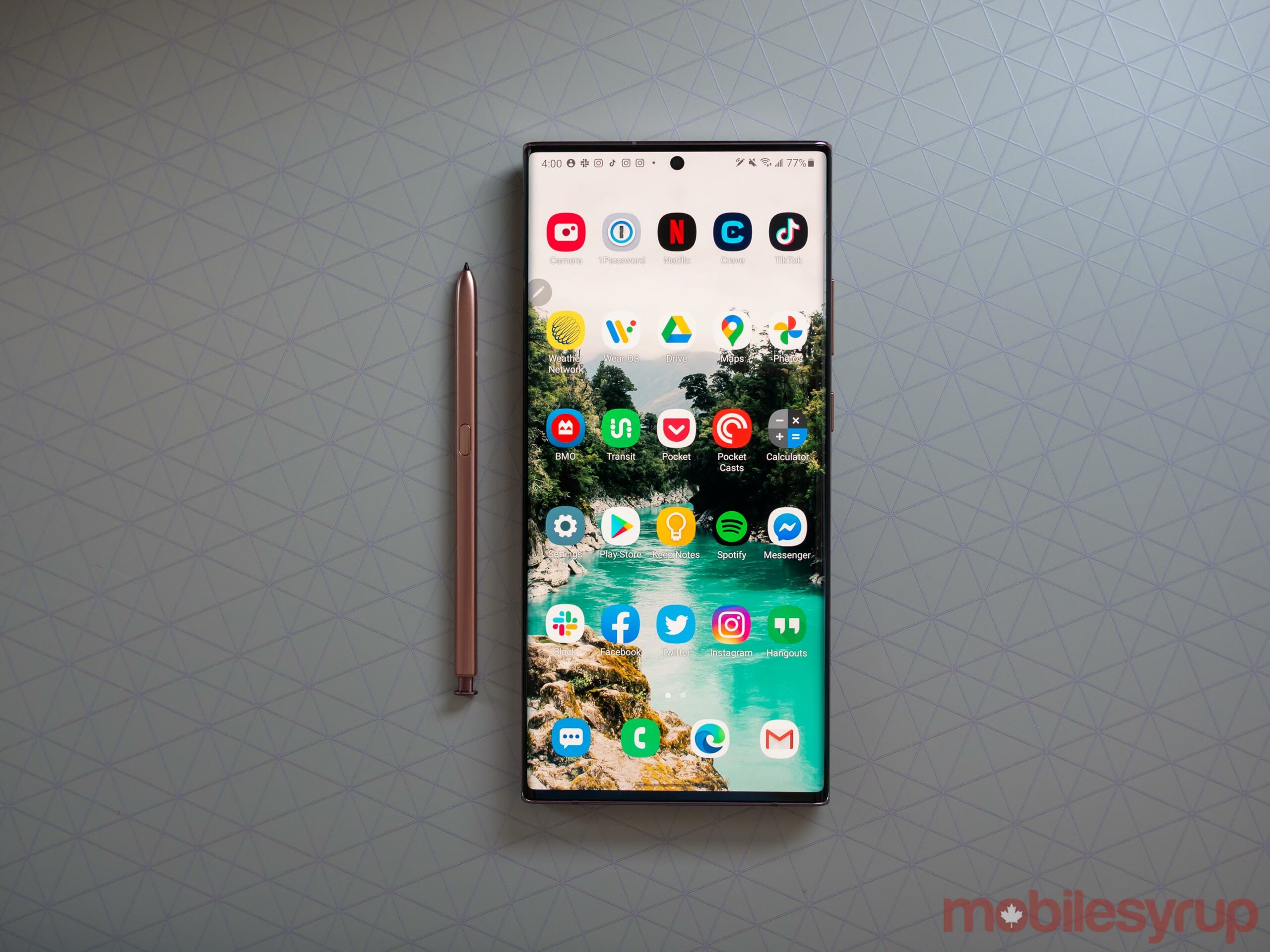
With the already mentioned massive camera bump being the only exception, the Note 20 Ultra’s overall design is the best I’ve seen from Samsung in the last few years. I’d even say that the Note 20 Ultra is one of the best-looking smartphones currently available.
This time, the frame running around the circumference of the Note 20 Ultra is made of solid stainless steel. Also, unlike last year’s Note 10+, both the top and bottom of the phone are entirely flat, which makes it possible to stand the device up entirely on its own. While this isn’t something most people would even notice or want to do, it made snapping pictures of the Note 20 Ultra easier.
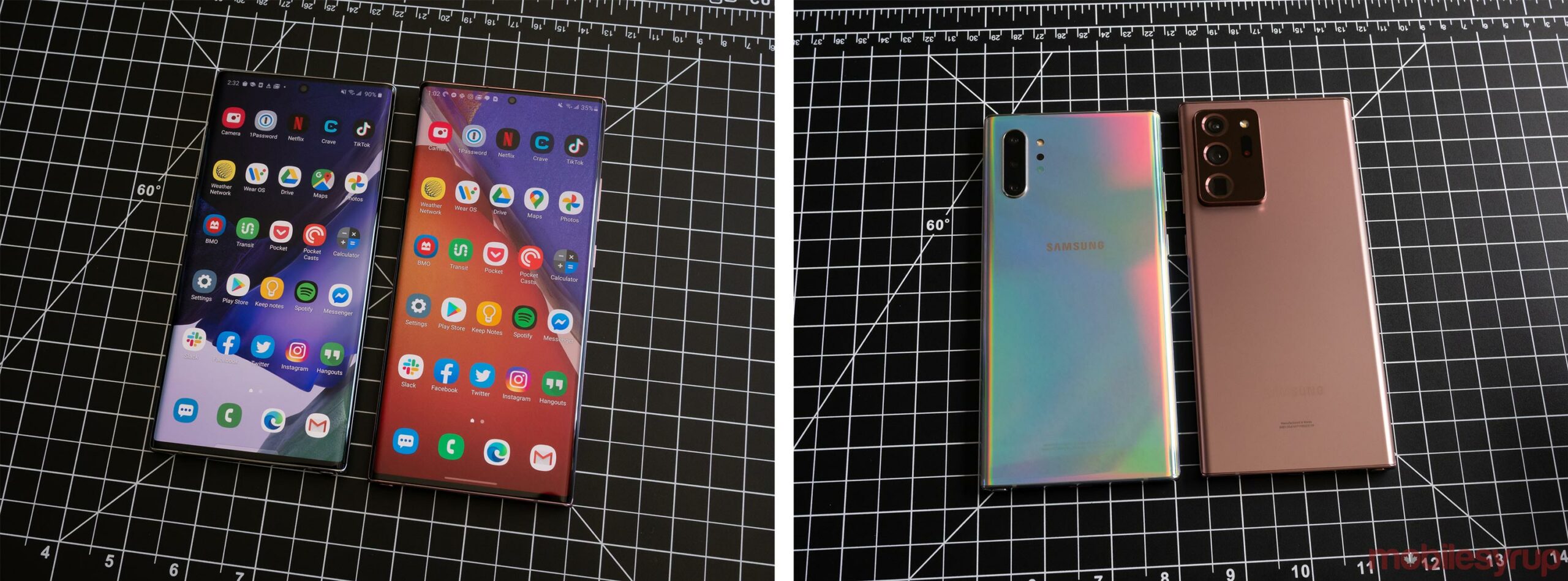
The back and front of the Note 20 Ultra is constructed of ‘Gorilla Glass Victus,’ the glass company’s latest and most durable glass. While the display does feels smoother, especially when using the S Pen, the rear of the device seems to have more flex to it when compared to the Note 10+ and the S20 Ultra. This isn’t a significant issue and is something most people likely won’t even notice, but still feels out of place on such a high-end, expensive device.
On the plus side, the back of the Note 20 Ultra features the best matte rear I’ve ever seen on a smartphone. In stark contrast to last year’s Note 10+ and its mirror-like back, the rear of the deviceis incredibly resistant to smudges, grease and dust. In fact, I like the new Note’s rear more than the iPhone 11 Pro’s matte back.
On the front, the Note 20 Ultra features an expansive display with curved edges, similar to last year’s Note 10+. Just like last year, I still occasionally accidentally touch the screen because of the slight curve. The Note 20 features a completely flat display, so it’s unfortunate Samsung stuck with the curved edges for the Note 20 Ultra. The front screen also sports a sleek-looking, centre-set hole-punch camera, and just like with all recent Note and S series devices, the cutout is impressively crisp.
Unlike the Note 10+, the power and volume buttons are located on the right side of the device. Samsung has also shifted the S Pen to the left side of the Note 20 Ultra. This is a strange move given the stylus has always been located on the right side of the smartphone. While not a big issue, it took me several hours to get used to popping out the S Pen from the left side of the smartphone.
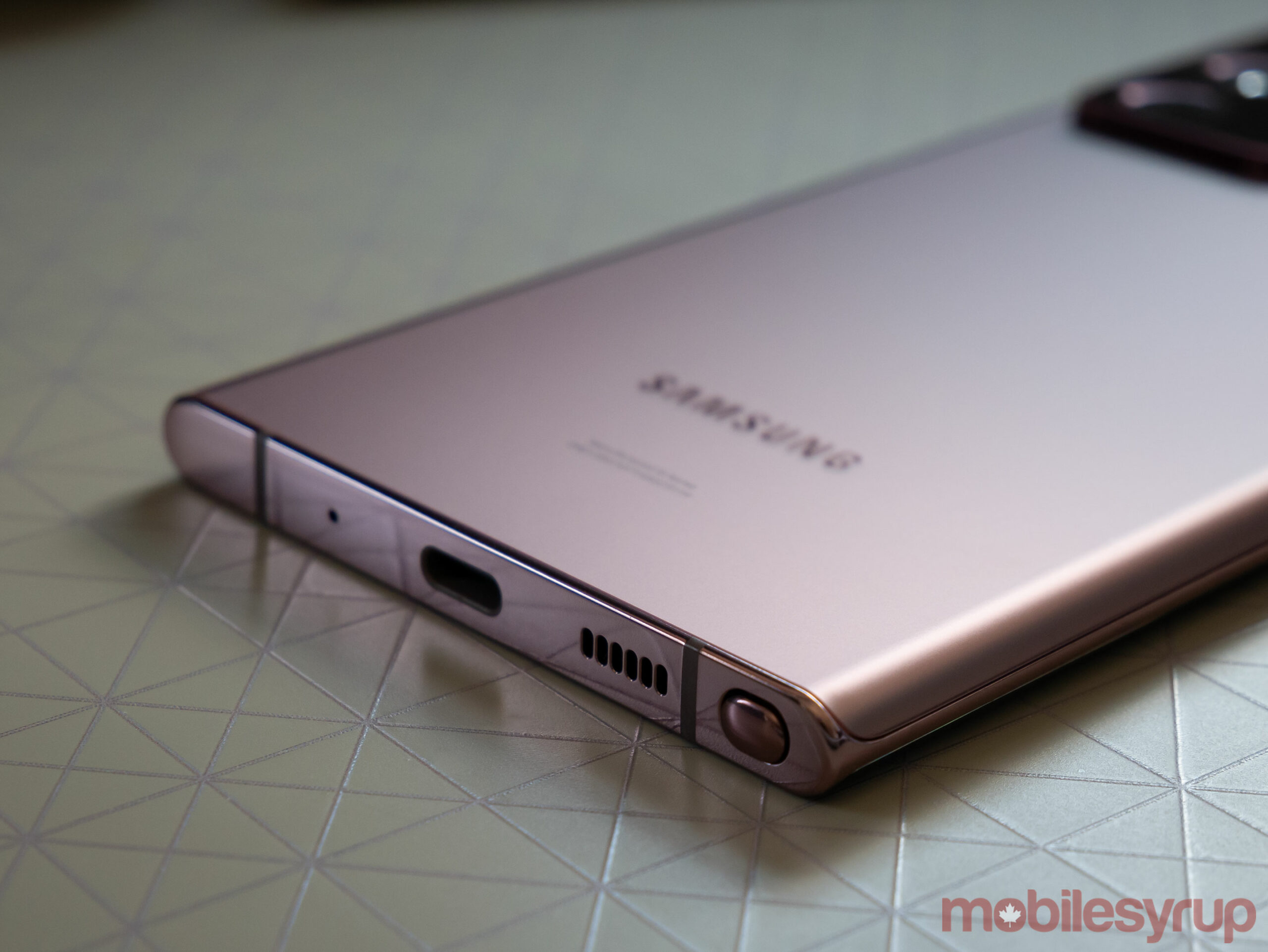
Speaking of the S Pen, the flashy, bright blue that came with the ‘Aurora Glow’ Note 10+ has been replaced with a more understated Mystic Bronze stylus that matches the main colour of the Note 20 Ultra.
The stylus itself weighs less and — at least with the Note 20 Ultra Samsung sent me to review — has a strange rattle to it. Both these factors make the smartphone’s stylus feel a little cheaper than its predecessor, though the difference is negligible.
Speaking of colour, the new Mystic Bronze hue looks great. It’s subtle but pronounced, and in an industry full of smartphones that look very similar, it’s instantly recognizable. There’s also a ‘Mystic Black’ Note 20 Ultra colour available, but it’s not as flashy or as attractive as Mystic Bronze.
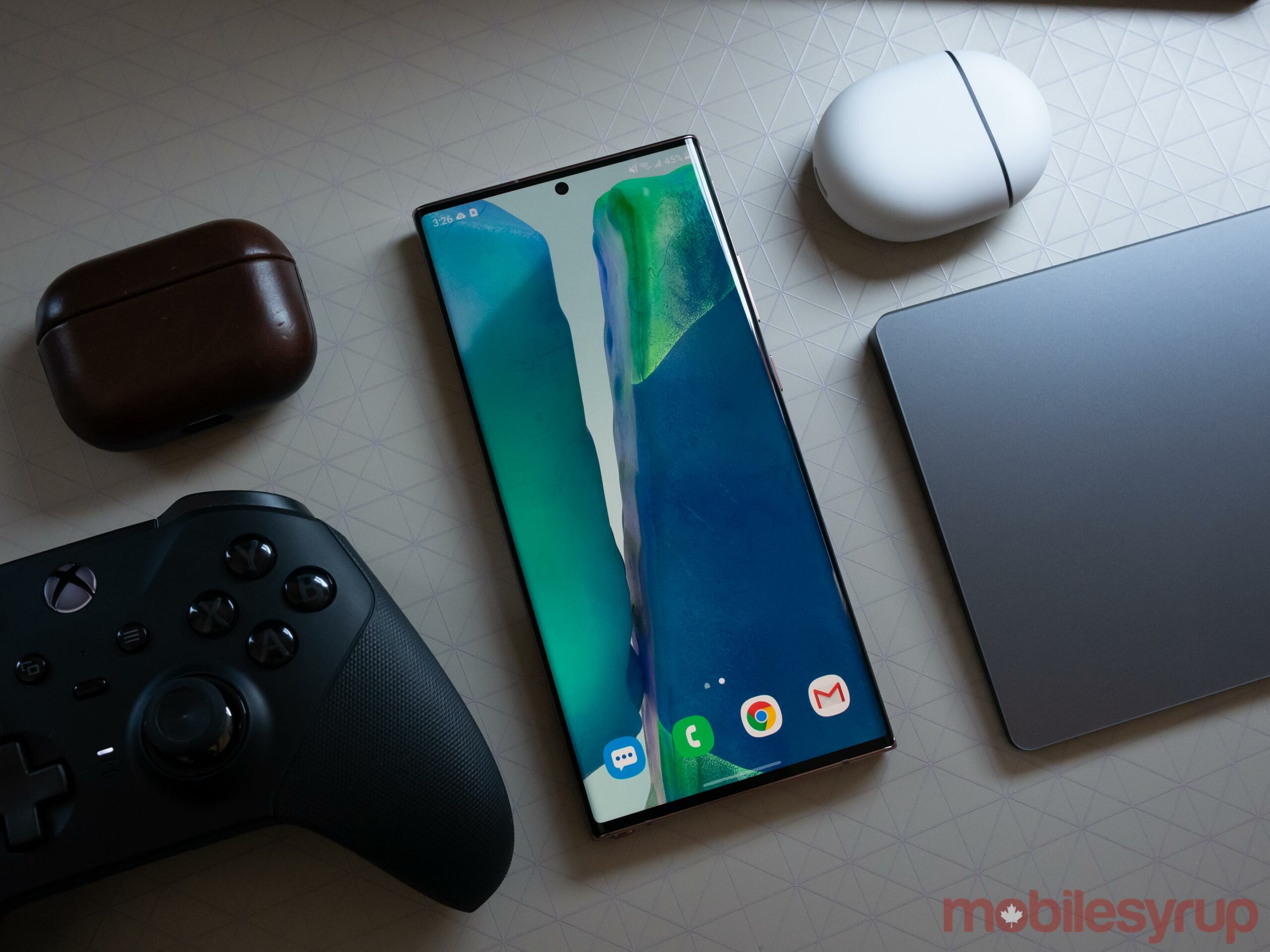
Overall, I like the look of the Note 20 Ultra despite its massive camera bump. Samsung thankfully added a little, shiny circle running around the edge of each lens that gives the smartphone’s rear camera array a bit of much-needed flair.
That said, the nearly 5cm (2-inch) tall and nearly 2.5cm (1-inch) triple-camera module unfortunately still feels massive and like it’s tacked on to the Note 20 Ultra’s back. In contrast, the S10+’s camera bump is incredibly sleek and understated.
Killer hardware
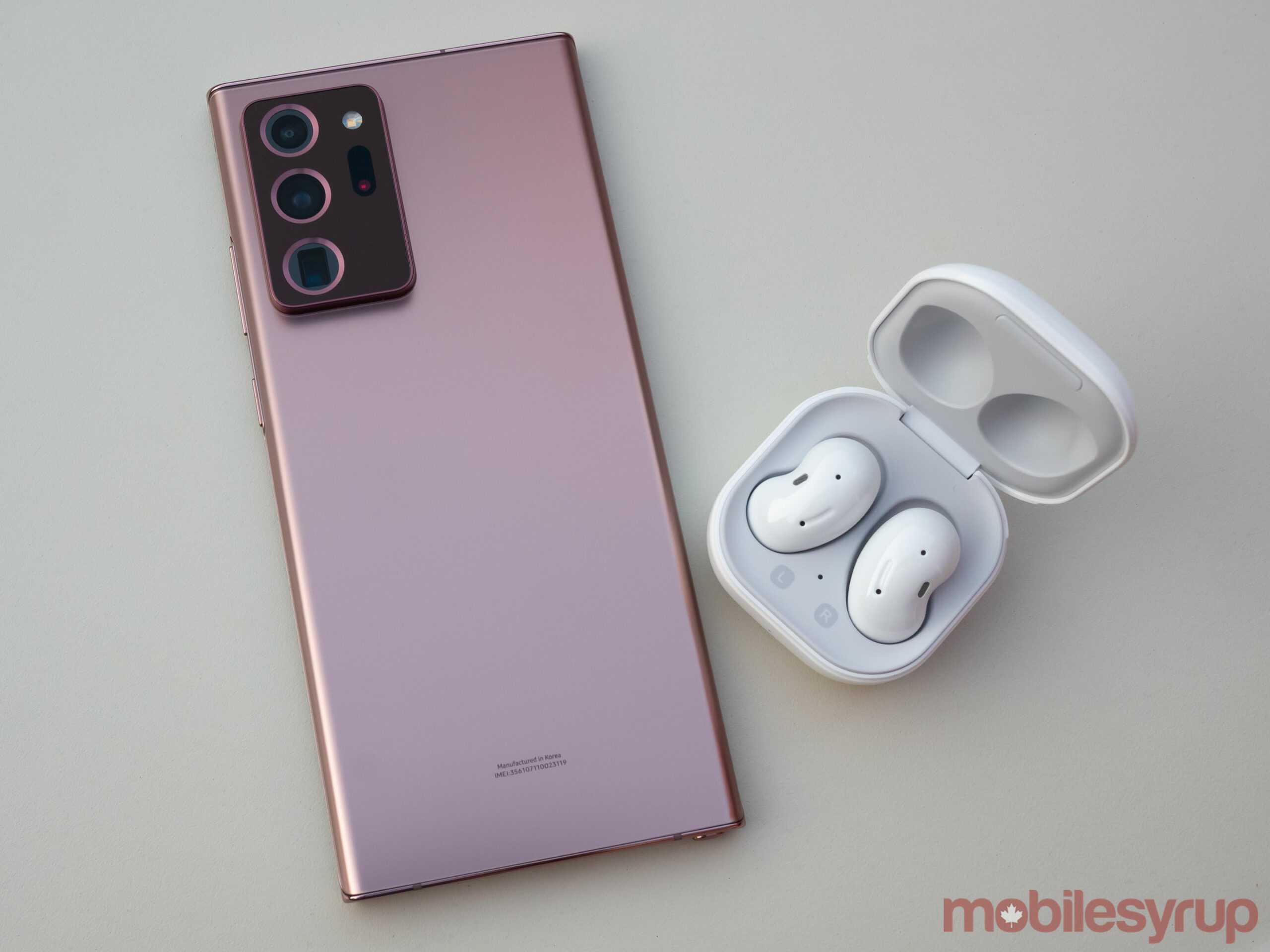
Like most high-end flagship smartphones, the Note 20 Ultra is 5G-capable thanks to its powerful Snapdragon 865+ processor, though in the context of Canada, this doesn’t mean much since there have only been initial and limited 5G network launches so far. That said, if you’re planning to hang onto the smartphone for several years — and most people likely are — this future proofs the handset.
“This makes the experience feel far more like I’m using an actual pen or pencil than any other device I’ve used, including even the m 11-inch iPad Pro (2020).”
The main draw this year is the Galaxy Note 20 Ultra’s impressive 6.9-inch AMOLED 1440 x 3088 pixel resolution (496ppi) display. The display is gorgeous and surpasses both the iPhone 11 Pro and even the S20 Ultra’s screen when it comes to clarity, brightness and overall vibrancy.
The big new feature is the device’s variable refresh rate 120Hz display. Instead of arbitrarily being locked at either 120Hz or 60Hz like the OnePlus 8 Pro and S20 Ultra or even the Pixel 4, which switches between 60Hz and 90Hz, the Note 20 Ultra’s display is adaptive.
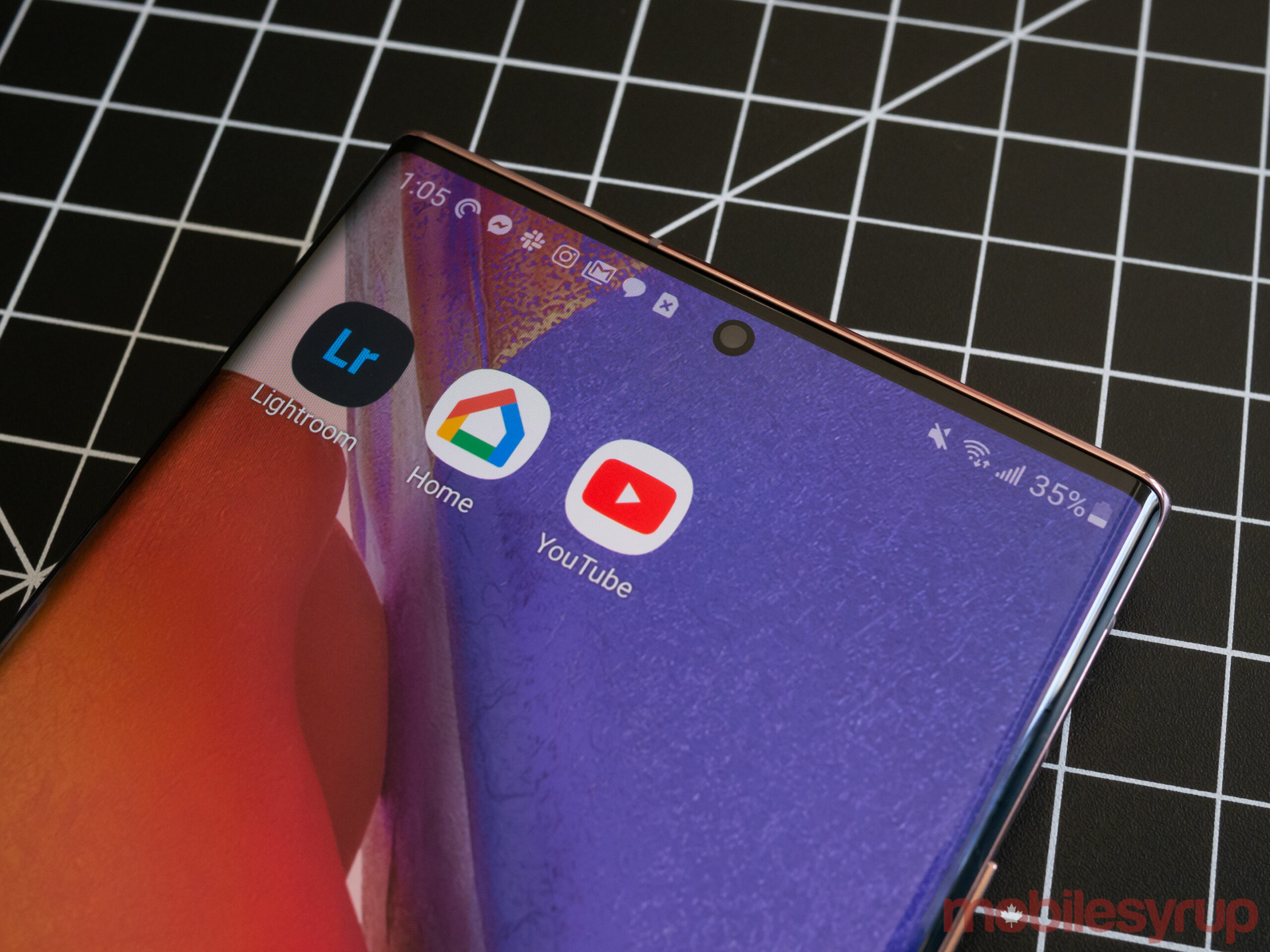
This means if you’re running an app where it makes sense for the screen to be running at 120Hz, like gaming, for example, it cranks up the frequency. In that same vein, if you’re just watching videos, it’ll pull back to 60Hz, and, in some cases, even 30Hz if you’re running a messaging app. Generally, this feature seems to work exceedingly well. Scrolling through Samsung’s One UI 2.5 is smooth, with games and HDR10 TV shows and movies on Netflix looking super slick on the Note 20 Ultra.
Even writing with the S Pen feels smoother thanks to the variable refresh rate and improved latency (more on this later). This makes the experience feel far more like I’m using an actual pen or pencil than any other device I’ve used, including even the 11-inch iPad Pro (2020).
Further, this helps with battery life. While turning on 120Hz resulted in a significant battery hit with the S20 Ultra, this isn’t an issue with the Note 20 Ultra thanks to the variable refresh rate. I could easily make it through a full day of use (about 8:30am to 11pm) with the setting turned on. And this is even with the Note 20 Ultra’s battery coming in at 4,500mAh, which is slightly smaller than the S20 Ultra’s 5,000mAh cell.

It’s important to note that to set the phone to 120Hz, the resolution needs to be set to FHD+ 2316 x 1080 pixel resolution. If you want to turn on the WQHD+ resolution, you’ll need to forgo the 120Hz refresh rate and lock your display at 60Hz.
While a minor issue, this limitation is still disappointing given it was one of the main complaints many had about the S20 Ultra. However, given the size of the Note 20 Ultra’s display, bumping the resolution up to 1440 x 3088 is barely noticeable.
Any way you look at it, the Note 20 Ultra is a massive smartphone. Because of this, those who prefer smaller devices shouldn’t consider it. For example, even I find using the device with one hand difficult in some situations, and I have pretty average-sized hands.

My overall experience with the phone performance-wise has been excellent thanks to its ample 12GB of RAM. I even spent a fair amount of time multitasking, with a YouTube video or game running on one side of the display while browsing the internet, and I didn’t encounter any slowdown.
For those who care about benchmarks, the Galaxy Note 20 Ultra comes in at 2,969 in terms of multi-core and 966 for single-core with Geekbench 5. To put these scores in perspective, the Note 10+ hit 2,505 for multi-score and 695 for single-score, so at least on paper, the Note 20 Ultra is a notable jump in power. To be clear, I’ve never put much stock into benchmarks and prefer taking real-world performance more into account.

Other hardware worth noting includes Bluetooth 5.0, an FM Radio (only in the Snapdragon version), 25W fast charging, Qi wireless charging, reverse wireless charging at 9w, a microSD card slot (the Note 20 doesn’t feature one) and IP68 water and dust resistance. The Note 20 Ultra also supports Wi-Fi 6.
It’s also important to note that the smartphone doesn’t include earbuds in the box, which is a controversial move on Samsung’s part. Similar to Apple, it’s obvious the company wants to push Note owners towards its Galaxy Buds+ and Galaxy Buds Live wireless earbuds.
Still, when you’re dropping $1,818 CAD on a smartphone, it almost feels insulting that the earbuds aren’t free anymore — especially since the Note 20 Ultra doesn’t feature a 3.5mm headphone jack.
Samsung’s best cameras yet

Just like every modern flagship smartphone, the Note 20 Ultra places a significant emphasis on its impressive camera array.
First, there’s the 10-megapixel f/2.2 lens on the front of the Note 20 Ultra, which takes decent selfies that, unfortunately, still feature ample skin smoothing. You can turn this down, but the slider is buried in the settings and most people won’t even know it exists.
It’s the Note 20 Ultra’s three-lens rear array where things get more interesting. While the array is very similar to the S20 Ultra’s shooters, there are also a few notable differences.
There’s the same 108-megapixel f/1.8 primary shooter as the S20 Ultra, but there’s also now a 12-megapixel f/3.0 periscope lens capable of shooting at 5x optical zoom and up to 50x hybrid zoom. This shooter features slightly larger individual pixels and a wider aperture, which results in improved low-light performance and overall better zoom across the board.

Some people might be disappointed that the S20 Ultra’s ‘Space Zoom’ functionality is gone, with the Note 20 Ultra only supporting 50x zoom. Given how awful 100x zoom photos looked, as far as I’m concerned, this is an excellent move on Samsung’s part. 50x zoom still doesn’t look great, but at least it’s possible to make out what’s in images at that focal length. 5x optical zoom looks surprisingly impressive, however, just like with the S20 Ultra. Strangely, there’s still not a UI setting that automatically jumps to 5x, with Samsung instead opting for 4x.
Finally, the Note 20 Ultra also includes the same 12-megapixel f/2.2 120-degree ultra-wide camera as the S20 Ultra. While this lens still takes a performance hit in terms of focus, ultra-wide images are fun to shoot and generally still look great.
“Of course, you can mitigate this issue by turning down the Scene Optimizer or shooting with manual controls, but realistically, very few Note 20 Ultra owners are going to do this.”
Also, this time around, Samsung has ditched the time-of-flight sensor in favour of laser autofocus. In my testing, all three of the Note 20 Ultra’s lenses focused quickly and accurately, which is a significant step above the S20 Ultra’s poor autofocus and even slightly faster than the S10+’s.
Regarding video, manual settings and 8K video recording are now available, just like the S20 Ultra. 8K is a welcome addition to the Note line’s arsenal of features, but it doesn’t look that great and isn’t very useful.
While the smartphone’s array of shooters are impressive, they still feature the over saturated look Samsung has adopted for several years now. Take a look at the ridiculously green grass in several of my photos as an example. Photography is never really true to life, but I feel like Samsung pushes things a little too far to snap a particular type of image.
Of course, you can mitigate this issue by turning down the Scene Optimizer or shooting with manual controls, but realistically, very few Note 20 Ultra owners are going to do this. The average smartphone photographer points, shoots and wants that photo to turn out great. They likely don’t have an interest or the time to play around with various settings.

Generally, the Note 20 takes photos with slightly more contrast than the S20 and Note 10+, but with far faster focus. It’s also worth noting that Samsung’s night shooting mode remains impressive and is capable of capturing some pretty cool photos.
The S Pen
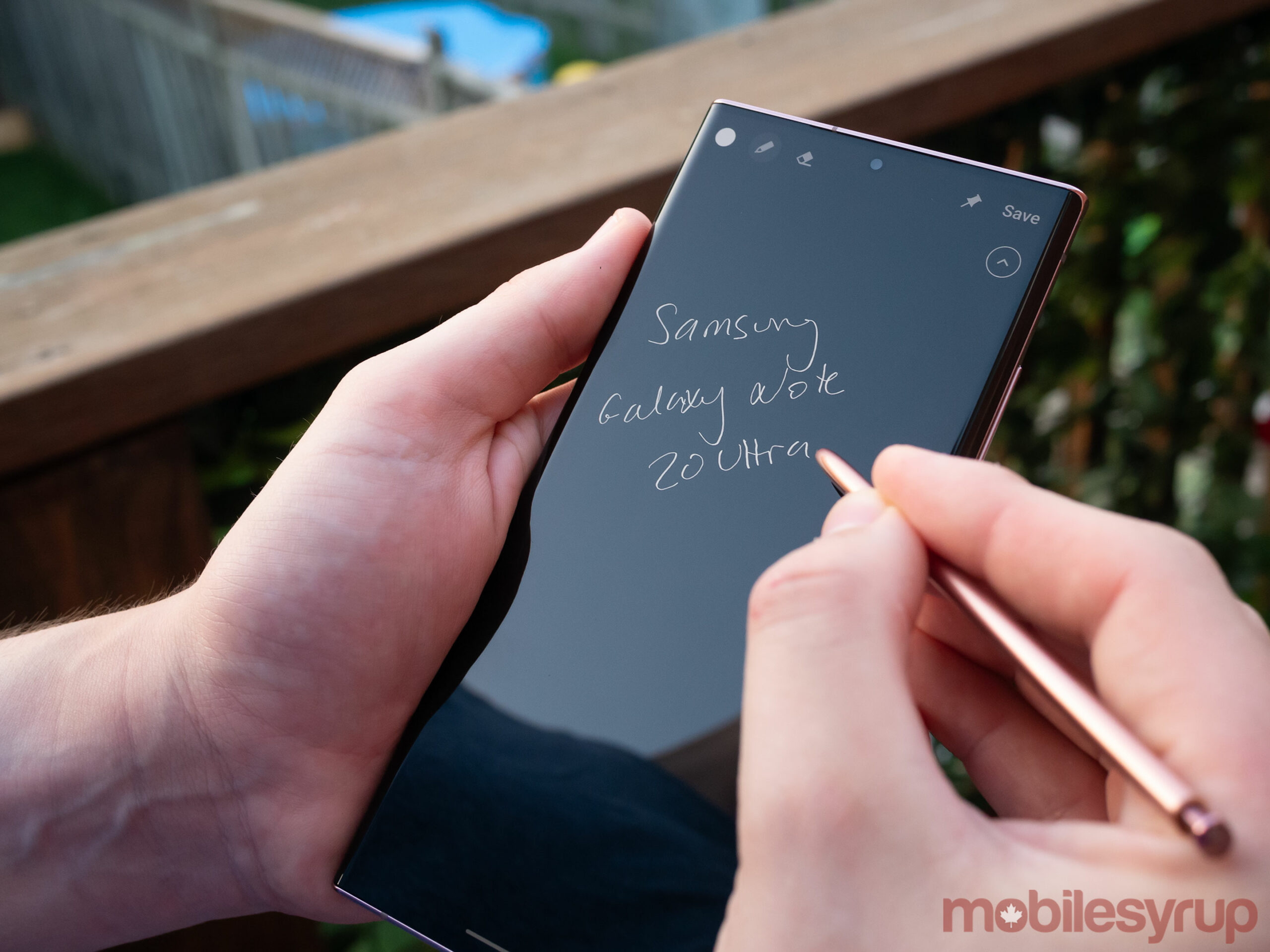
At this point, you likely already know if you have a use for Samsung’s S Pen. I’ve personally never really found a purpose for a stylus with any device, whether it’s the iPad Pro or Pixelbook, but I know many people who do.
Thankfully, Samsung has significantly upgraded the S Pen. The new S Pen only features 9ms of latency, resulting in a writing and drawing experience that feels incredibly close to drawing on actual paper.
There are five new Air Gestures as well: ‘Navigate Back,’ ‘Home,’ ‘Recent App,’ ‘Smart Select’ and ‘Screen Capture.’ While I appreciate Samsung is trying to come up with different uses for the stylus, I don’t find any of these new gestures particularly useful. On the other hand, new software features like jotting on top of PDFs and a revamped Samsung Notes app are great, especially if you’re buying the Note 20 specifically for the S Pen.
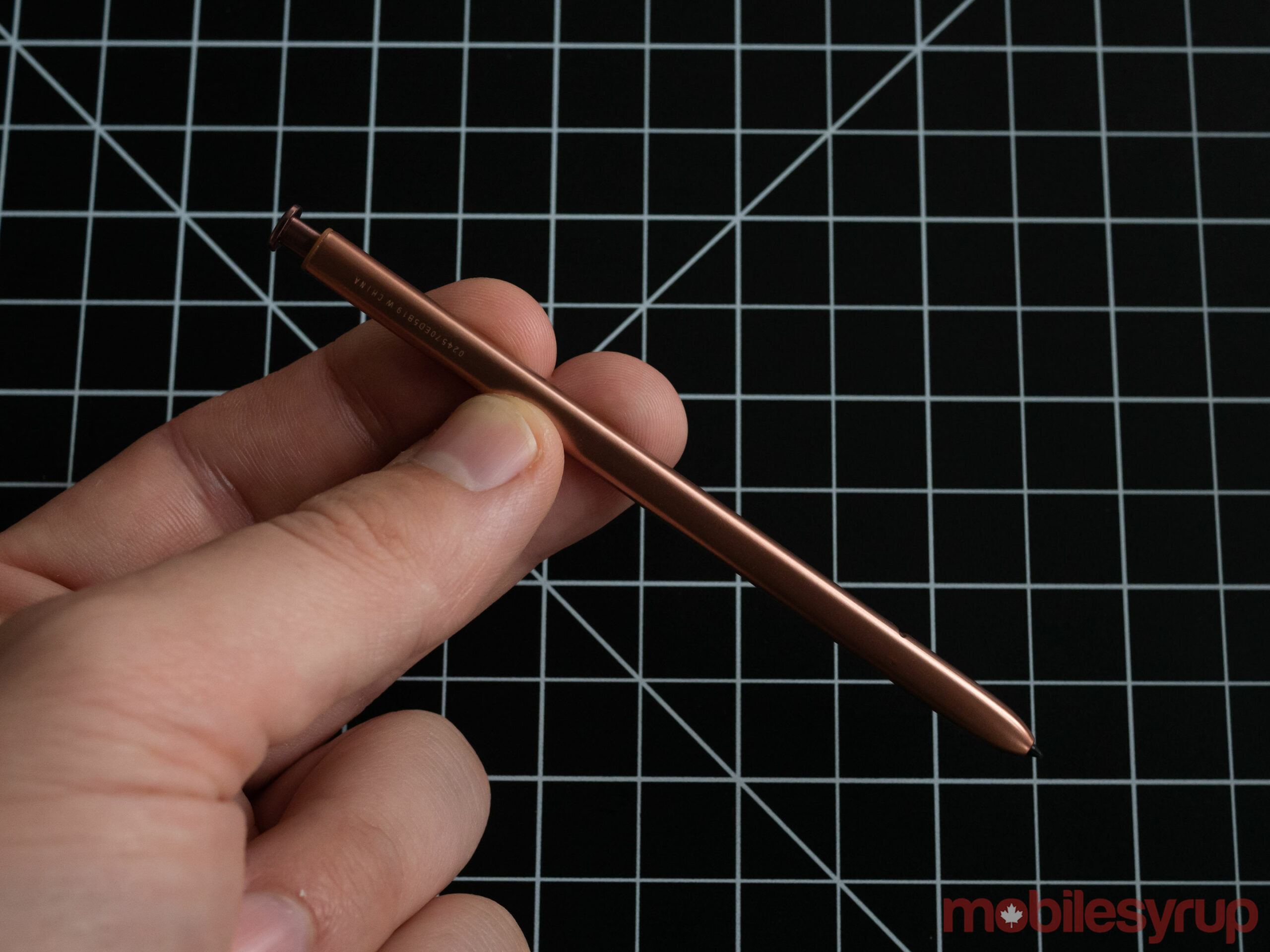
Other improvements include 24 hours of battery life compared to the Note 10+’s 10 hours — the S Pen generally charges in just a few minutes anyway thanks to its ‘supercapacitor.’ Everything else about the new stylus, including 4,096 pressure levels, 10 metres of range, 0.7mm diameter pen tip and IP68 rating, remains the same.
The best all-around Samsung device since the Note 7
The Galaxy Note 20 Ultra offers up an impressive package. The flagship smartphone looks and feels great thanks to its matte glass rear and sleek design, but the massive camera bump is, unfortunately, still an eye-sore compared to the sleek array included in the S10+.
Camera performance is improved across the board over its predecessor, and roughly on par with the S20 Ultra, though with much faster focusing. Improvements to the S Pen's latency are also impressive and make writing on the Note 20's screen feel almost like actual paper.
But then there's the matter of the smartphone's expensive price tag. The Note 10+ started at $1,459 when it first launched in Canada, while the Note 20 Ultra is priced at $1,819. This means the latest Note device costs a pretty significant $360 more than its predecessor.
Is that price increase worthwhile? While that will depend on what you're looking for out of a smartphone, as well as what device you're currently using, most people will likely be better off purchasing the Note 10+.
Still, even with its few relatively minor shortcomings, the Note 20 Ultra is one of the most solid smartphones Samsung has ever released.
The 128GB Note 20 Ultra costs $1,818 and the 512GB configuration costs $2,029. Ultra colours include ‘Mystic Bronze’ and ‘Mystic Black.’ Pre-orders for the Note 20 and Note 20 Ultra launched on August 5th, with the smartphone being available on August 21st. MobileSyrup will have a review of the Note 20 in the coming weeks.
"Even with its few relatively minor shortcomings, the Note 20 Ultra is one of the most solid smartphones Samsung has ever released"
MobileSyrup may earn a commission from purchases made via our links, which helps fund the journalism we provide free on our website. These links do not influence our editorial content. Support us here.

